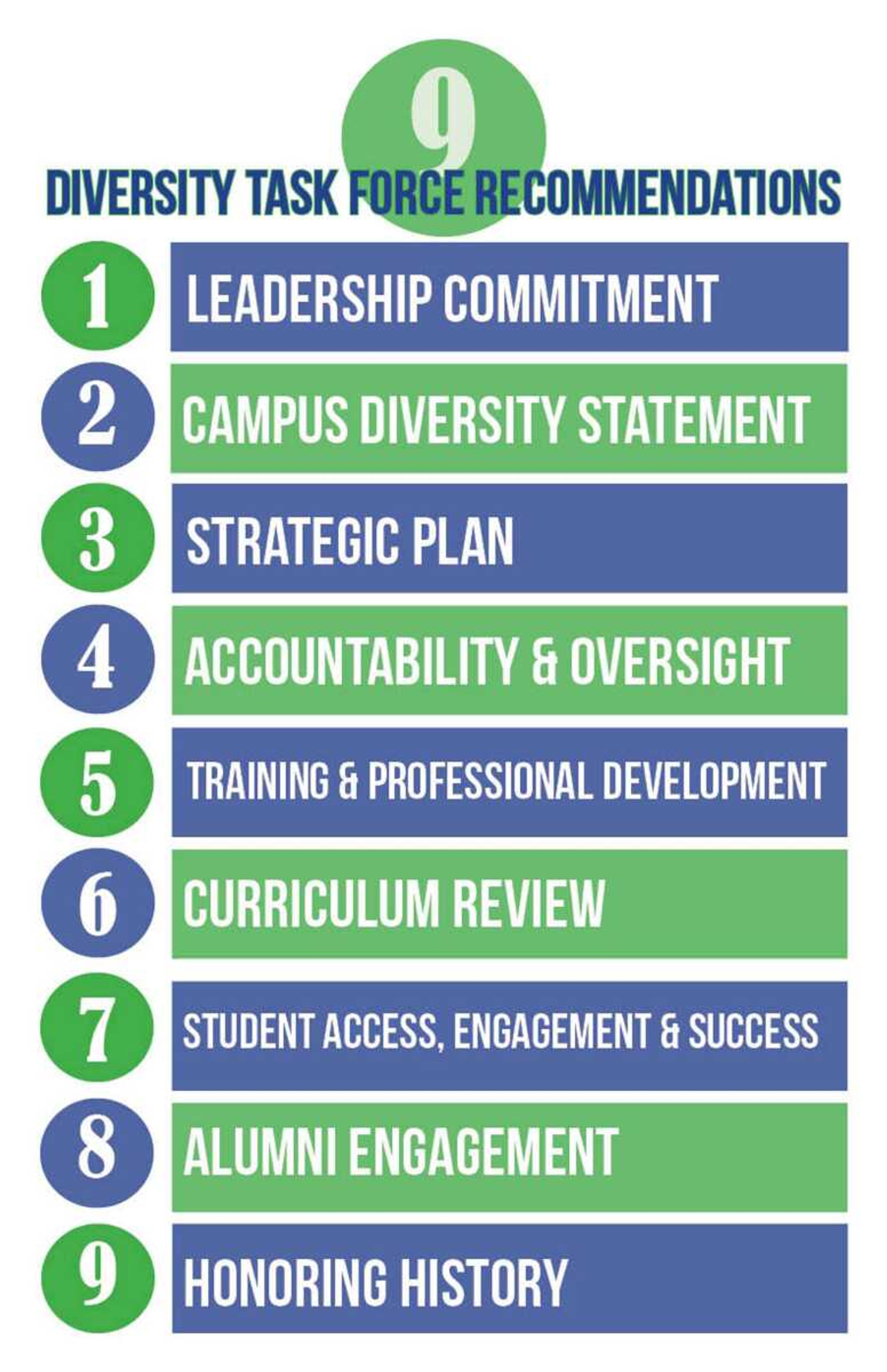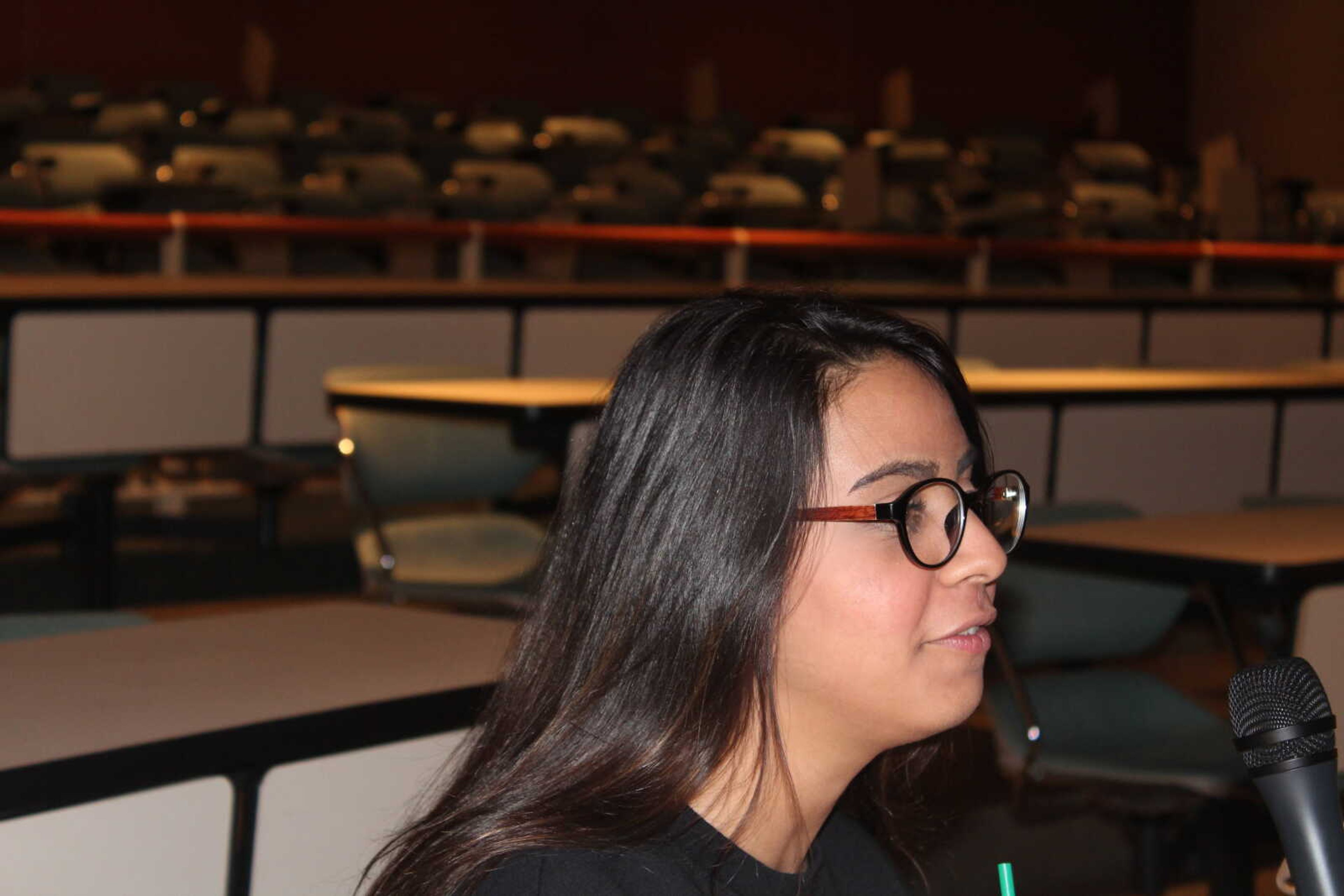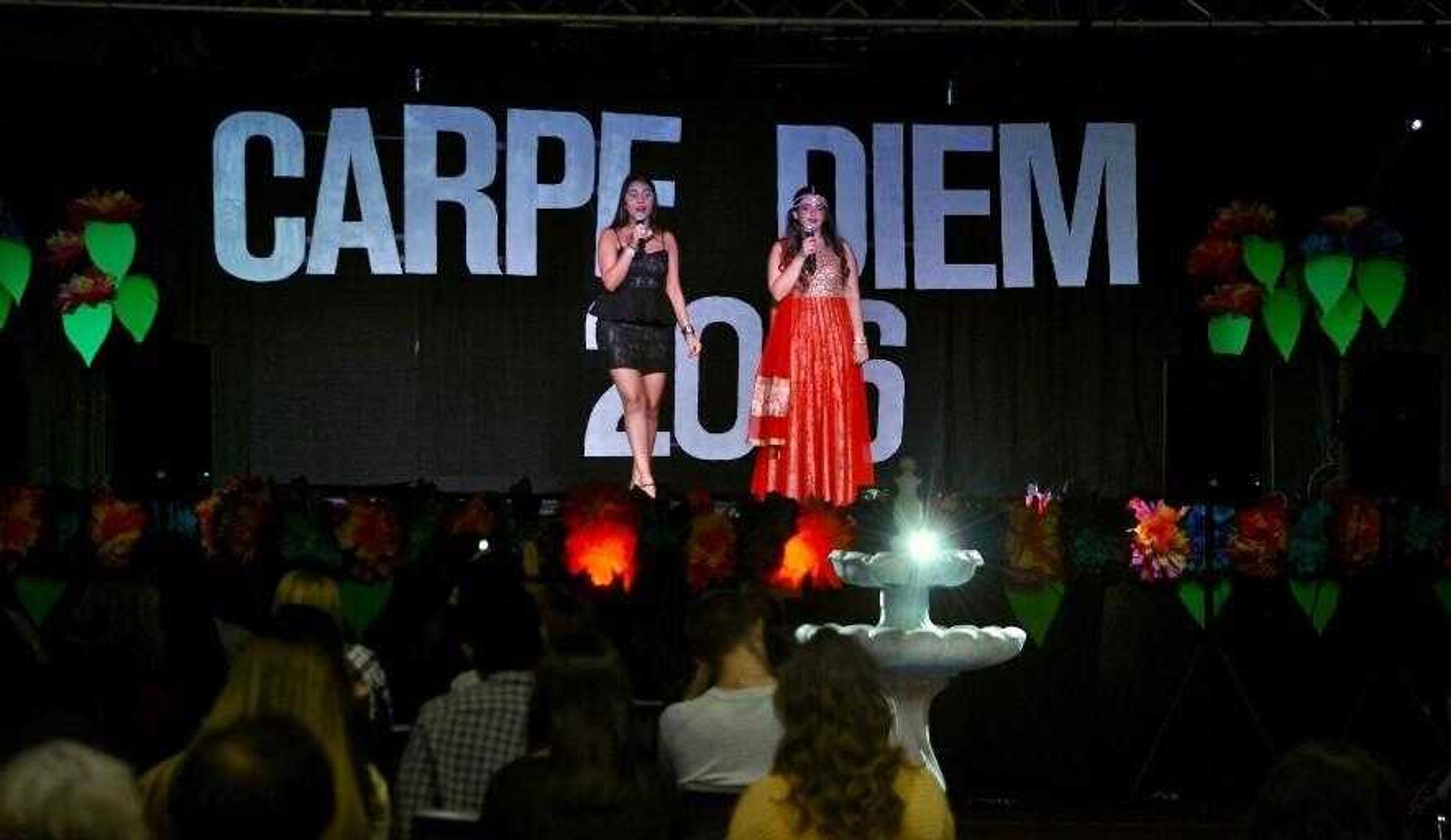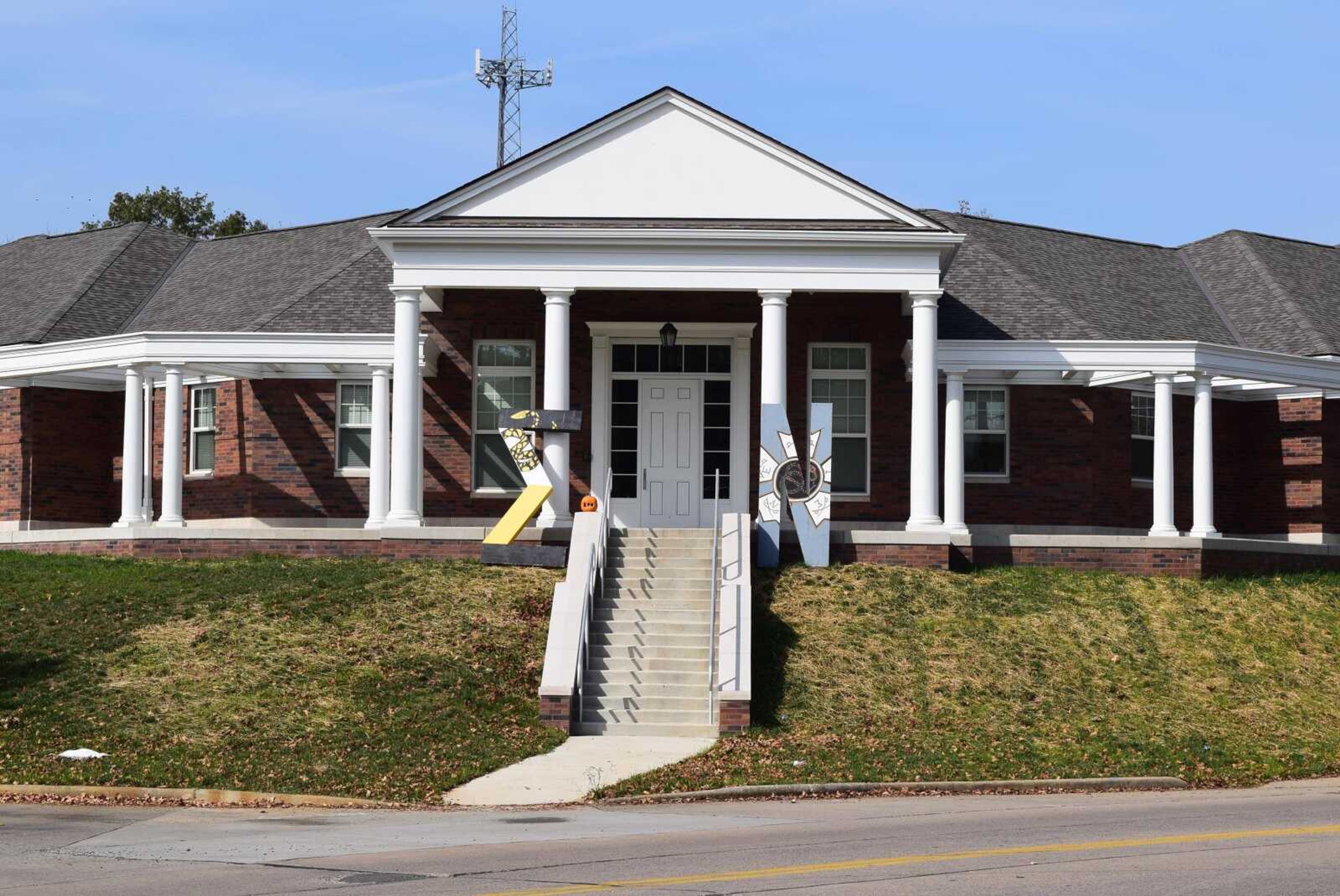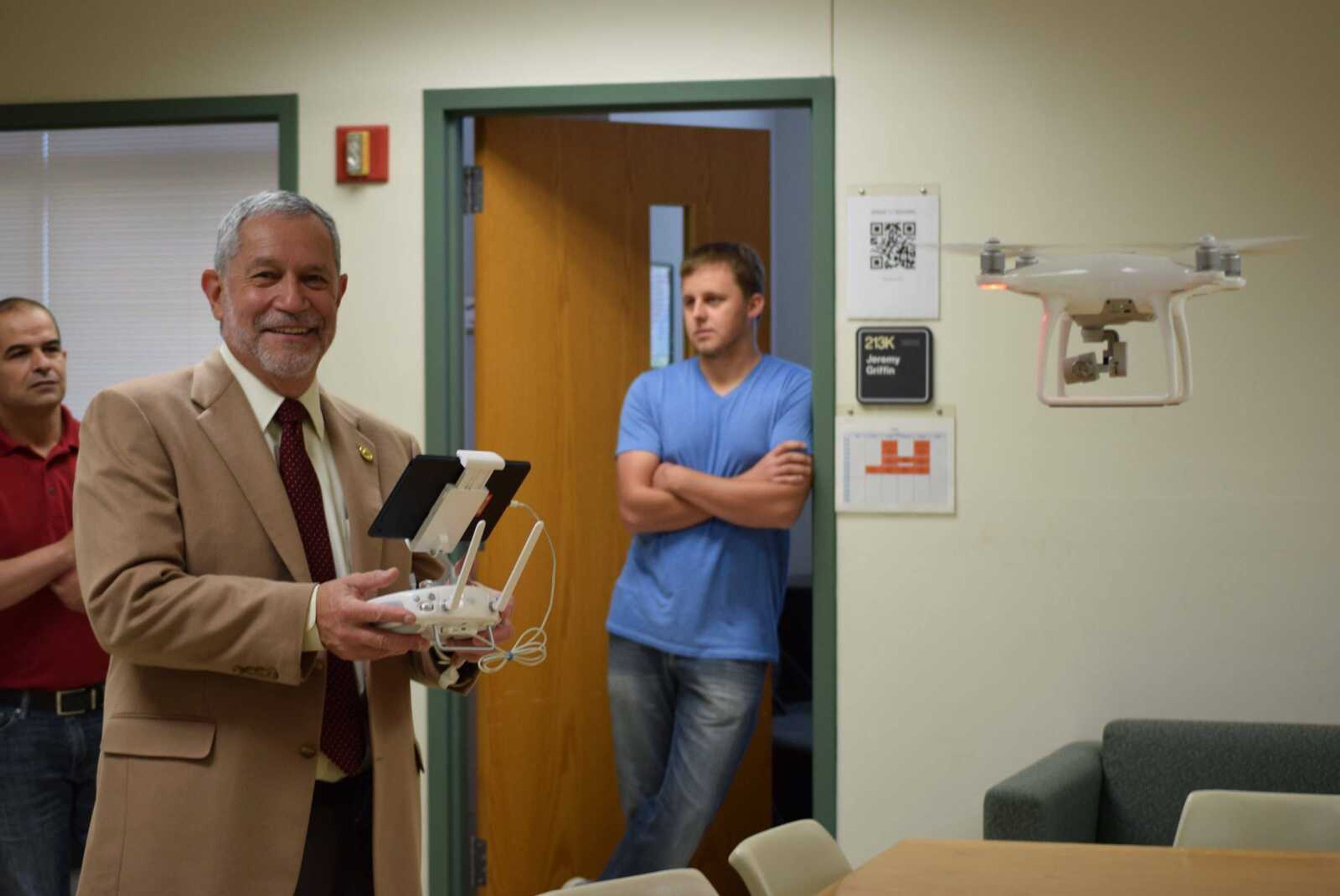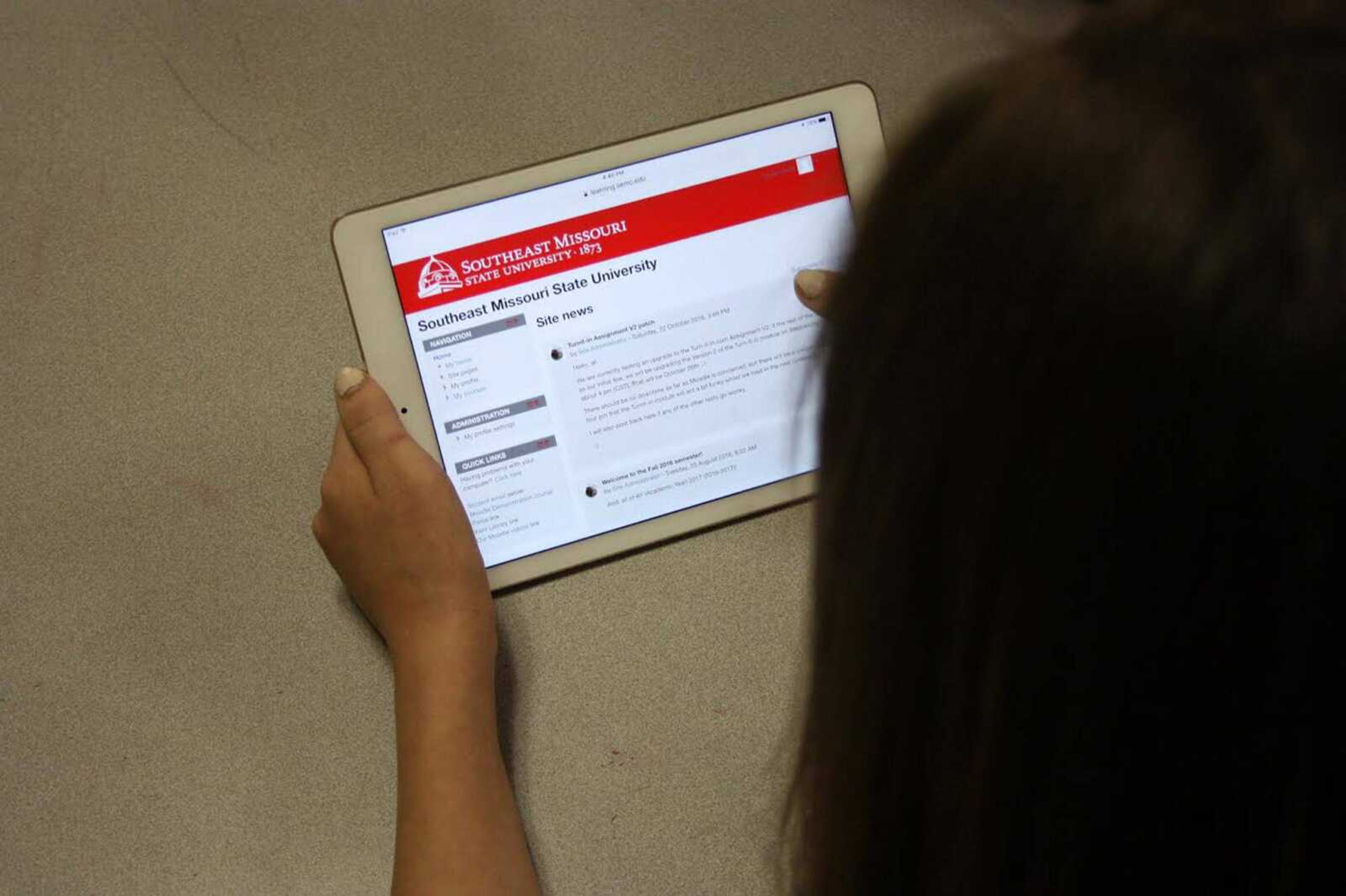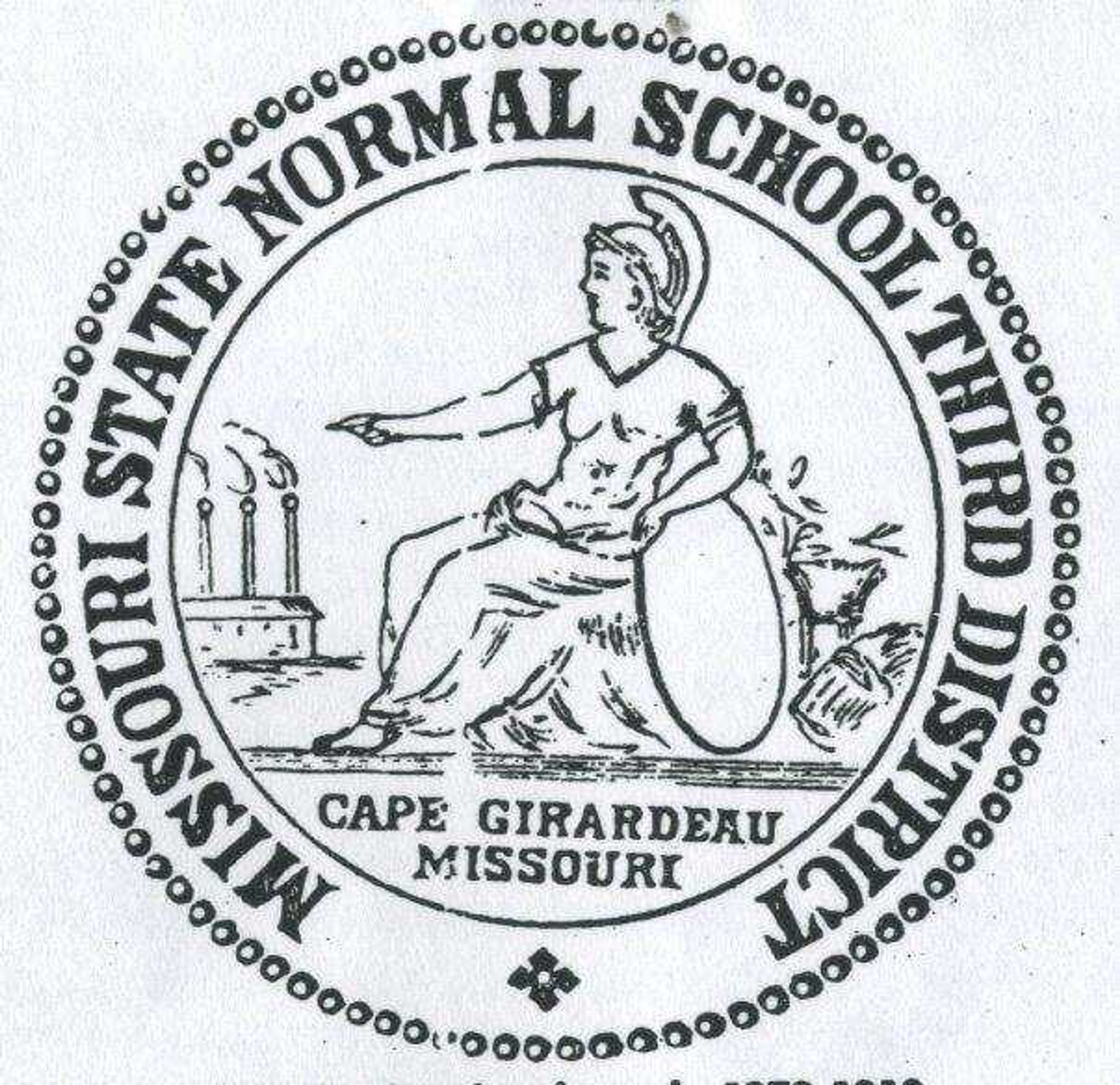Southeast's Diversity and Equity Committee begins working on diversity initiatives
In 2014, then Southeast Missouri State University president Dr. Kenneth Dobbins created the President's Task Force on Diversity Education to pinpoint race and diversity issues that needed more attention at the university. Dobbins started the task force in response to the protests in Ferguson, Missouri, that arose following the killing of Michael Brown by a police officer. ...
In 2014, then Southeast Missouri State University president Dr. Kenneth Dobbins created the President's Task Force on Diversity Education to pinpoint race and diversity issues that needed more attention at the university.
Dobbins started the task force in response to the protests in Ferguson, Missouri, that arose following the killing of Michael Brown by a police officer. At the time, Southeast had approximately 300 students in that area who were invited to return to campus early. Later that year, silent protests were held in front of Kent Library.
The President's Task Force on Diversity Education was co-chaired by Dr. Debbie Below, vice president for enrollment management and student success and dean of students, and Dr. Morris Jenkins, dean of the College of Health and Human Services. The task force met for the first time in March 2015 and spent the next nine months coming up with recommendations to improve the diversity education on campus.
"The Ferguson incident galvanized folks to deal with issues of diversity on campus," Jenkins said. "That's a normal process that happens in organizations and institutions -- they wait for a crisis to deal with certain things. I think crises are things that help us get active, but we have to keep it going and be more proactive, and I think that's what we're doing now."
In February 2016, the task force proposed its final list of recommendations to the Board of Regents for approval.
The final report detailed nine recommendations to improve the diversity relations and education at Southeast.
"Through the process of having the President's Task Force on Diversity and Education, we held many, many conversations to try to determine how each of us saw things through different lenses," Below said. "I think the set of recommendations that that task force set forth are going to be guiding ideas that are going to strengthen the university if we follow those recommendations."
This year, the Diversity and Equity Committee, co-chaired by Dr. Hamner Hill, chair of the Department of Political Science, Philosophy and Religion, and Sonia Rucker, coordinator of institutional equity and diversity, is working to tackle three of the nine recommendations made by the task torce. This year, the committee is combatting the task of creating an official diversity statement, faculty and staff training and curriculum review.
"Our job is to make recommendations to the president about the report from the task force and maybe we could try this or this," Hill said. "One of the things we need to do is create a formal institutional statement on equity, diversion and inclusion. Exactly how the wording will go, we don't know."
Hill added the history of Missouri makes diversity a complex issue.
Missouri was one of four slave states that didn't join the Confederacy during the Civil War. For years following the Civil War, St. Louis had strict segregation practices. According to Hill, until only a few decades ago, even the integrated neighborhoods had segregated blocks.
"The more we diversify the curriculum, the better our students are," Hill said. "The world is a complex and diverse place. Appreciating other people's perspectives and their history as well as our own are very important."
This year, the university has hired an international consulting team to train faculty on diversity conversation. The team, Inclusion Inc., will invite 65 university constituents to participate in an extensive leadership training program and will allow 200 students and faculty members to engage in a two-day training.
"We decided to go with having a diversity consultant come on campus and help us continue to educate and potentially give us a little bit more guidance in regards to how culturally competent our faculty and staff were, gaps in how we are incorporating more diversity and inclusion in the curriculum and in our day-to-day student services," Rucker said.
Dr. Bruce Skinner, assistant vice president of student success and auxiliary services, said helping students understand diversity is key to their success in the future.
"The whole diversity initiative or diversity education is really just about making sure when a student walks across the stage at commencement, he or she is ready to enter a world that may be very different than the community, their K12 or even their experience here at Southeast, but they at least know enough to start working with people who aren't like them," Skinner said. "It's about preparing students to be successful for after Southeast."
Rucker said diversity doesn't begin and end with race relations, but includes gender and sexuality as well. The university has taken strides in addressing diversity in these areas by creating the LGBT Resource Center and encouraging Safe Zone training that trains faculty members to assist students of every sexual orientation and create a safe and accepting environment for all.
"I'd say LGBTQ [is the hardest group to represent on this campus], especially when it comes to faculty and staff," Rucker said. "That's one group that we don't track. We don't have any way in our system to identify them. Most of our faculty and staff, once they're hired, they can identify their race, they can identify their gender, they can identify their ethnicity, but there is nothing where we ask 'Are you gay, lesbian, transgender?' So that's a difficult group to track."
Rucker added reaching out to faculty members of the LGBTQ community on campus is difficult because some may not have made their orientation known. Last year, Rucker hosted an off-campus LGBTQ faculty and staff social to encourage faculty to share their experiences and feel welcome on campus.
The Diversity and Equity Committee hopes to encourage dialogue among students and faculty.
"I think most younger people are interested in this," Skinner said. "It speaks to them; it's more about who they are, and they are less constrained by 'I went to school with the same peer group' because they've been able to engage with people from around the globe with social media and things that they have access to. I think for the older generation, it's harder for us to have a conversation because we've only seen the world through a more narrow band, whereas I think young people are more interested in driving the conversation than older generations are."
Throughout this academic year, subcommittees of the Diversity and Equity Committee will be working on community engagement, creating a formal university statement on equity and finding ways to incorporate diversity into the curriculum. The Diversity and Equity Committee will continue to make recommendations to Vargas on ideas they think will help the university's diversity initiatives.
